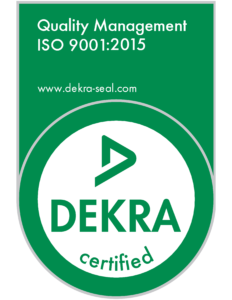What is the difference between spin welding and ultrasonic welding?
Spin welding and ultrasonic welding are both used to join thermoplastic parts, but they are different in terms of the joining process and the types[…]
What is the difference between infrared welding and ultrasonic welding?
Infrared welding and ultrasonic welding are two different methods of joining plastics. The main difference between the two is the source of energy used to[…]
What are the common use cases for infrared welding?
Infrared welding is a versatile joining technique that is commonly used in various industries. Some of the common use cases for infrared welding include: Overall,[…]
What is the cycle time in Ultrasonic Welding?
Cycle time in ultrasonic welding refers to the time required to complete one full welding cycle, including the loading and unloading of parts. It is[…]
Can Tritan plastic be joined using spin welding?
Yes, Tritan plastic can be joined using spin welding. Spin welding is a commonly used joining method for thermoplastics, including Tritan. The process involves rotating[…]
Can Tritan plastic be joined with ultrasonic welding?
Yes, Tritan plastic can be joined with ultrasonic welding. Ultrasonic welding is commonly used to join various types of thermoplastics, including Tritan, by applying high-frequency[…]
What is Tritan plastic?
Tritan plastic is a type of copolyester plastic that was developed by the Eastman Chemical Company in the early 2000s. It is a high-performance plastic[…]
Can you spin weld polycarbonate?
Yes, polycarbonate is a material that can be spin welded. Spin welding can create strong, hermetic seals between two polycarbonate parts by melting and fusing[…]
Can you spin weld ABS?
Yes, ABS (Acrylonitrile Butadiene Styrene) can be spin welded. It is a thermoplastic material that can be welded using spin welding technique. However, the process[…]
Can you spin weld polyethylene?
Polyethylene is not typically recommended for spin welding due to its low melting point and low coefficient of friction, which can make it difficult to[…]

